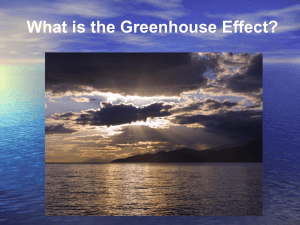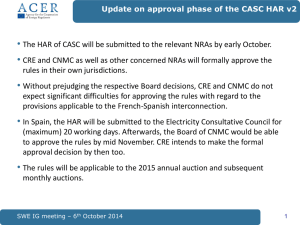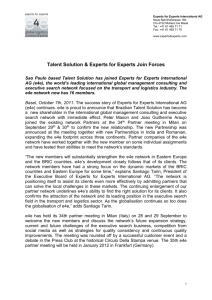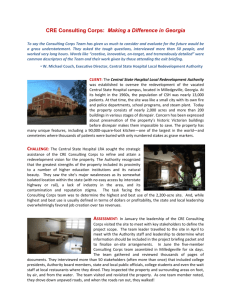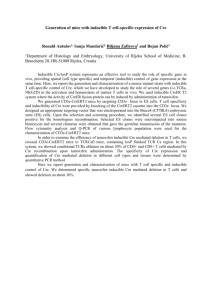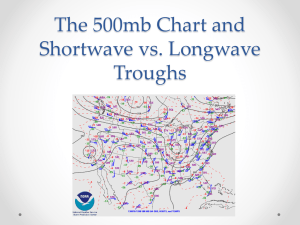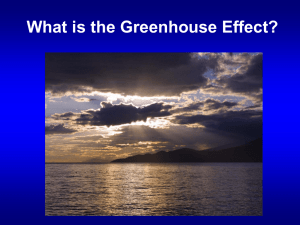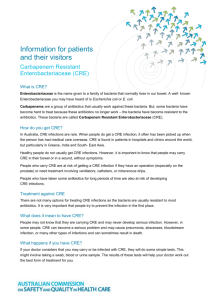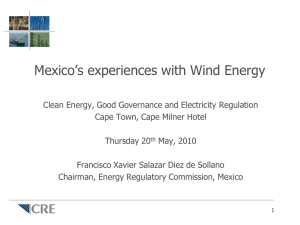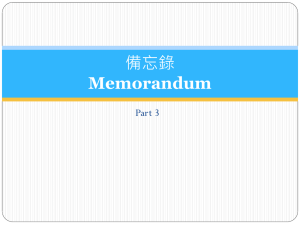Advanced Hydrology lecture 1: Water Balance
advertisement
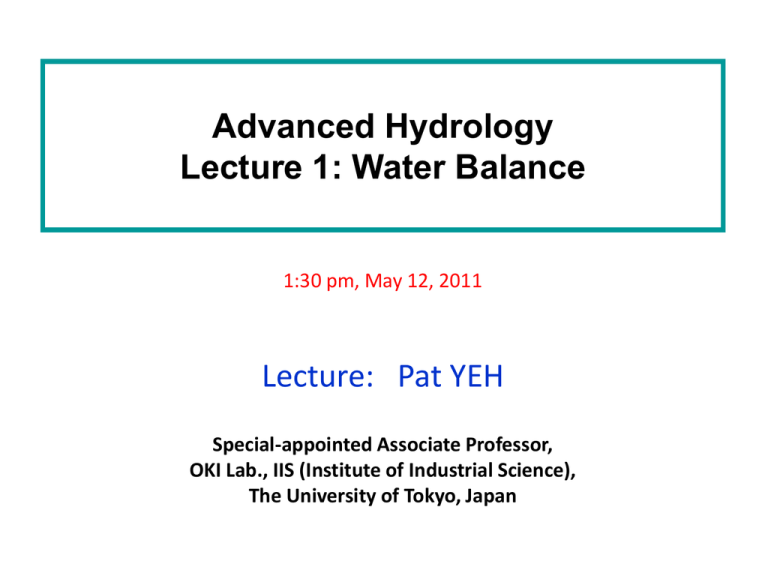
Advanced Hydrology Lecture 1: Water Balance 1:30 pm, May 12, 2011 Lecture: Pat YEH Special-appointed Associate Professor, OKI Lab., IIS (Institute of Industrial Science), The University of Tokyo, Japan Academic Experiences and Education • • • • • • Special-appointed Associate Professor (2007 Sep. ~) OKI Laboratory, Institute of Industrial Science, The University of Tokyo, Japan Project Scientist (2005 Oct. ~2007 Jul.) Dept. of Earth System Science, University of California, Irvine. USA Research Assistant Professor (2002 Oct. ~ 2005 Sep.) Dept. of Civil Engineering, University of Hong Kong, Hong Kong, China Ph.D. (2003 Jan.) : Parsons Laboratory, Dept. of Civil and Environ. Eng., Massachusetts Institute of Technology (MIT), USA M.S. (1994 Jun.): Inst. of Environ. Eng, National Chiao-Tung Univ., Taiwan B.E. (1992 Jun.): Dept of Civil Eng, National Taiwan University, Taiwan Working Experiences Special-appointed Associate Professor (2007 Sep. ~), IIS, The University of Tokyo Project Scientist (2005~2007), Dept. of Earth System Science, University of California, Irvine. USA Research Assistant Professor (2003 ~ 2005), Dept. of Civil Engineering, University of Hong Kong, Hong Kong Ph.D.(2003 Jan.) : Dept. of Civil and Environmental Engineering, Massachusetts Institute of Technology (MIT), USA Source: D. R. Maidment Global Water Cycle (Oki and Kanae, Science, 2006) 3 Terrestrial and Atmospheric Water Balance Terrestrial and Atmospheric Water Balance Equations Water Balance for Soil Moisture: nD ds P E RS PG dt (1) Water Balance for Groundwater : Sy H PG RG t (2) Terrestrial Water Balance ( (1)+(2)): ( R RS RG ) nD ds dH Sy PER dt dt (3) Atmospheric Water Balance: d Wa E PC dt (4) Combined Water Balance ((3)+(4)): nD ds d H dWa Sy CR dt dt dt TWSC (5) World’s Major River Basins North American Major River Basins Pfafstetter level 1 basins Pfafstetter level 2 basins Reflectivity of the Land Surface: Albedo 1. 2. 3. 4. Atmosphere: scatter, reflection, absorption. Albedo (%) is the % of solar energy reflected back to the atmosphere. It depends on the type of surface and solar altitude (small for moist soil surface and high solar altitude ~90 deg.) 10-20% for green forest; 15-30% for grasslands; 15-25% for croplands; 40-50% for old, dirty snow; 80-90% for pure and white snow; Global average: 8% for ocean surface; 14% for earth’s land surface; 10% for the Earth as a whole; 30% for the planet as a whole (including atmosphere, clouds, etc) Earth’s average annual heat balance in percentage units Incoming solar radiation Outgoing radiation (Longwave) (Shortwave) Space 100 6 20 4 6 26 Atmospher e 16 15 3 Land, Ocean • • • • • • • • • • • • • • 38 51 Incoming solar radiation Absorbed by water vapor, dust, and ozone Absorbed by clouds Backscattered by air Reflected by clouds Reflected by surface Absorbed by land and ocean Net surface emission of longwave radiation Absorption by water vapor Escape into space Net emission by water vapor, CO2 Emission by clouds Sensible heat flux Latent heat flux 21 7 23 100 units 16 3 6 (shortwave) 20 (shortwave) 4 (shortwave) 51 21 (longwave) 15 (longwave) 6 (longwave) 38 (longwave) 26 (longwave) 7 23 Factors Affecting Global Hydrologic Cycle • Differential heating of the Earth’s surface • Coriolis forces due to the rotation of the Earth – Radial motion in a rotating frame of reference • Pressure gradients • Topographic effects • Regional and local modifications due to vegetation, soilmoisture, etc. Differential Heating of the Earth’s Surface Difference in insolation are one of the primary factors in determining the general circulation of the earth’s atmosphere (radiative cooling and heating) General Circulation of the Atmosphere Influencing Factors of Precipitation 1. Chief source: evaporation from ocean surfaces, not continental evaporation (in average <10%). 2. The location of a region with respect to the general circulation, latitude, and distance to a moisture source (e.g. ocean) are primarily responsible for its climate. 3. Orographic barriers often exert more influences on the climate of a region than the nearness to a moisture source does. 4. These climatic and geographic factors determine the amount of atmospheric moisture over a region, the frequency and kind of precipitation-producing storms passing over it, and thus its precipitation. Conce ntrations of CO 2 and othe r gre e nhous e gas e s incre as e Te mpe rature incre as e Aerodynamic Formulation Clasusius-Clapeyron Equation Potential Evapotranspiration increase Pre cipitation incre as e ? de cre as e ? (how large ?) reduced decrease Actual Evapotrans piration incre as e Ve ge tation De s s ication (s horte r time s cale ) Little ET change but re duce d biomas s Spars e r Ve ge tation (longe r time s cale ) (ET = EP ) Soil Mois ture de cre as e Groundwate r Re charge de cre as e Surface Runoff de cre as e Groundwate r Le ve l de cre as e Ecos ys te m Thre ate ne d, Agricultural Productivity de cre as e Stre amflow de cre as e Wate r Re s ource s Thre ate ne d Deteriorate National Economy and Human Welfare Clausius-Clapeyron Relation Relationship between air temperature and saturated vapor pressure Back > Aerodynamic Formulation EP = CQ·V (qG – qs) EP: CQ: V: qG: qs: Potential Evapotranspiration; turbulent transfer coefficient; wind speed; ground level saturated specific humidity; atmospheric specific humidity (~30m high). ET = β EP ET: Actual Evapotranspiration; β : efficiency factor, depends on soil type, ground wetness and plant properties. Back >
